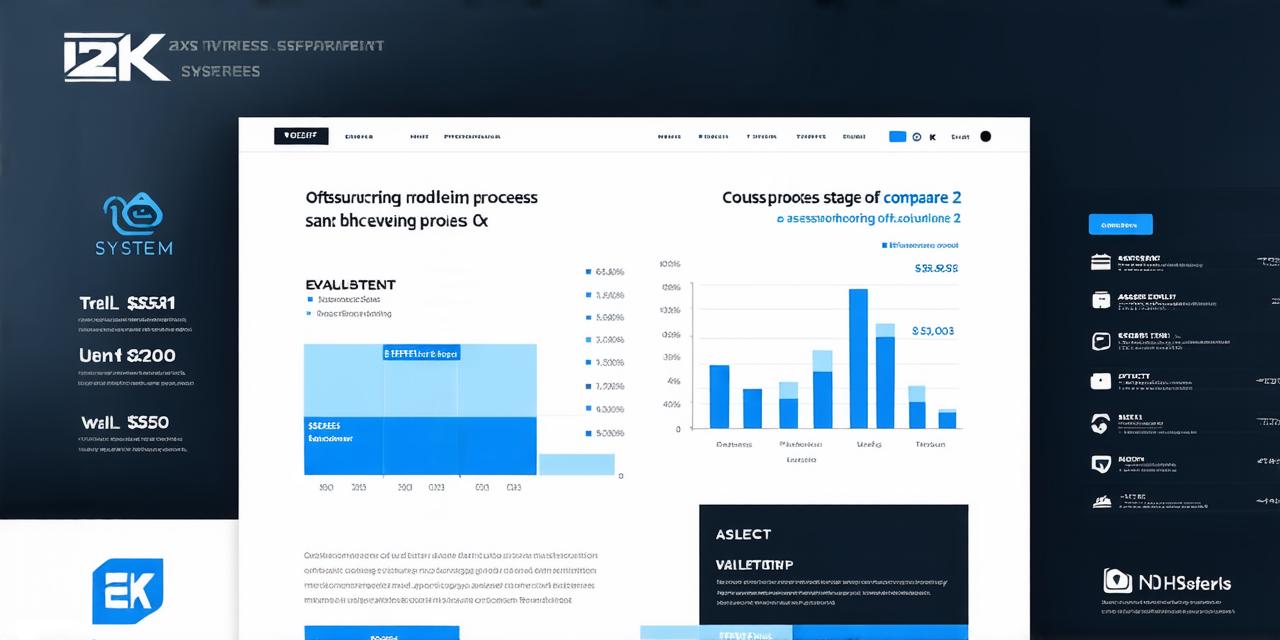How does outsourcing help a business grow
As businesses continue to grow and expand, they often find themselves facing numerous challenges that can hinder their progress. One effective solution that many companies turn to is outsourcing – the process of delegating tasks or projects to an external service provider.
Understanding the Benefits of Outsourcing
One of the primary benefits of outsourcing is cost savings. By delegating tasks to external service providers, businesses can reduce their overhead costs, including salaries, benefits, and office space. This allows them to allocate more resources towards other areas of their business that may require additional investment.
Increased Efficiency
Outsourcing also helps increase efficiency by allowing businesses to focus on their core competencies and strengths. By delegating tasks that are outside of their expertise or require specialized skills, companies can free up time and resources for more important tasks.
Improved Quality
Outsourcing can also improve the quality of products or services by providing access to specialized expertise and resources. For example, a company that specializes in software development may outsource their marketing efforts to a professional marketer who has experience in developing effective campaigns.
Enhanced Flexibility
Outsourcing can also provide businesses with greater flexibility, allowing them to scale up or down quickly as needed. By working with external service providers, companies can easily adjust their staffing levels and resources to meet changing demands without incurring significant costs or delays.
Reduced Risk
Finally, outsourcing can help reduce risk by providing access to specialized expertise and resources that may not be available internally. For example, a company that specializes in accounting may outsource their tax preparation efforts to a professional accountant who has experience in navigating complex tax regulations.
Real-Life Examples of Outsourcing Success

Many successful businesses have used outsourcing to achieve their goals and grow their operations. Here are a few real-life examples:
Airbnb
Airbnb is an excellent example of how outsourcing can help a business grow. The company started out as a small platform that connected travelers with affordable housing options. However, as the platform grew in popularity, Airbnb found themselves struggling to keep up with demand and manage their growing user base. In response, they turned to outsourcing to provide 24/7 customer support and handle other administrative tasks.
HubSpot
HubSpot is another company that has used outsourcing to great effect. The company provides marketing and sales software solutions for businesses of all sizes. As they grew, HubSpot found themselves struggling to keep up with the demands of their growing user base. To address this, they turned to outsourcing to provide customer support and manage their website traffic.
XYZ Company
XYZ company is a hypothetical example of how outsourcing can help a small business grow. The company sells handmade jewelry online and has been struggling to keep up with demand due to their limited resources. To address this, they turned to outsourcing their manufacturing processes to a third-party manufacturer who specializes in producing high-quality jewelry.
Case Studies: The Power of Outsourcing
There are numerous case studies that demonstrate the power of outsourcing for businesses. Here are a few examples:
Company A
Company A is a small business that specializes in producing customized furniture. As demand grew, they found themselves struggling to keep up with production and meet customer deadlines. To address this, they turned to outsourcing their manufacturing processes to a third-party manufacturer who specialized in producing high-quality furniture.
Company B
Company B is a mid-sized business that provides IT consulting services to other companies. As demand grew, they found themselves struggling to keep up with the demands of their growing client base. To address this, they turned to outsourcing their help desk and technical support functions to a third-party provider who specialized in providing 24/7 customer service.
FAQs: Answering Common Questions About Outsourcing
Here are some common questions about outsourcing that businesses may have:
What tasks can be outsourced?
Any task that is not critical to the core competencies and strengths of a business can be outsourced. This includes tasks such as marketing, accounting, IT support, and manufacturing.
How do I find the right outsourcing partner?
When looking for an outsourcing partner, it is important to consider factors such as expertise, experience, cost, and cultural fit. It is also important to conduct thorough due diligence to ensure that the partner has a good reputation and can provide references from satisfied clients.
What are the risks associated with outsourcing?
There are some risks associated with outsourcing, such as communication breakdowns, quality issues, and data security concerns. However, these risks can be minimized by conducting thorough due diligence on potential partners and implementing effective communication and monitoring processes.
What is the cost of outsourcing?
The cost of outsourcing varies depending on the task being outsourced, the level of expertise required, and the location of the provider. It is important to conduct a thorough cost analysis before making any decisions about outsourcing.
Summary: The Benefits of Outsourcing for Business Growth
In conclusion, outsourcing can be an effective tool for businesses looking to grow and achieve their full potential. By leveraging the expertise and resources of external service providers, companies can reduce costs, increase efficiency, improve quality, enhance flexibility, and reduce risk. With careful planning and execution, outsourcing can help businesses achieve significant growth and success.


















